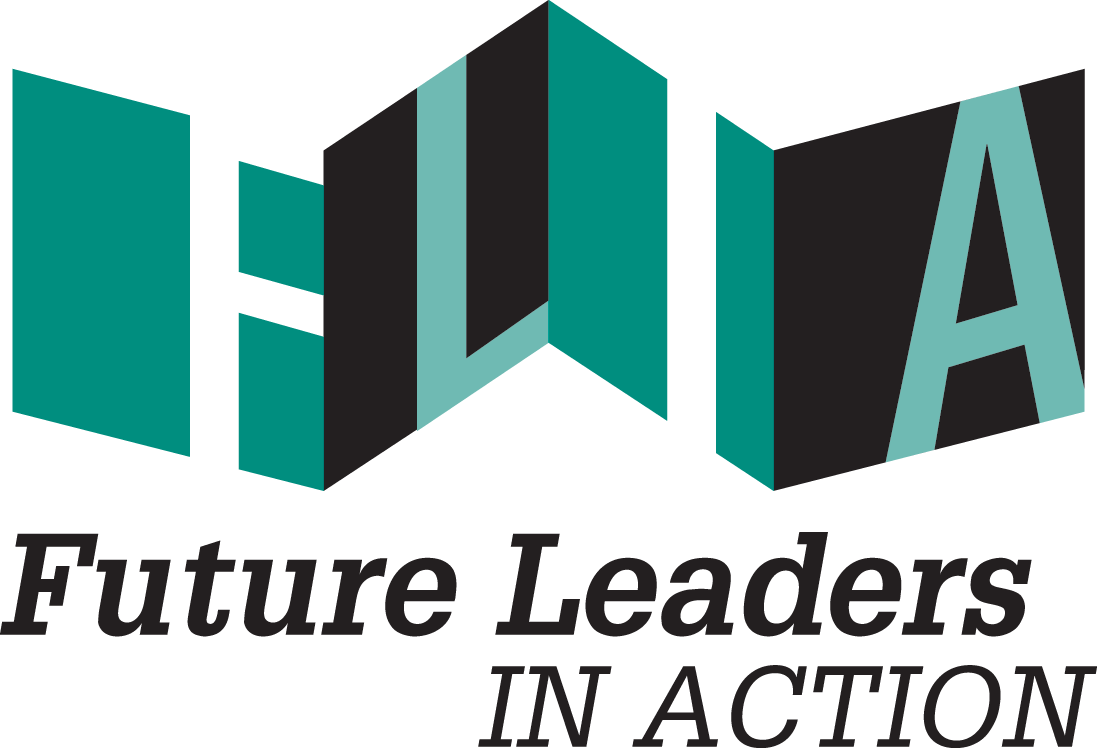I am honored to have the chance to work with Future Leaders in Action(FLIA) this year, who is currently partnering with the Boys and Girls Clubs of Central Iowa (BGCCI). Our goal is to begin developing and implementing music programs for string players of all ages, using the core idea that improvisational training and creative play can exist alongside conventional methods in a 21st Century class setting.
The program that the BGCCI is planning is a burgeoning field of teaching/learning that has the potential to be a radical step in advancing contemporary practices. With a focus on advocacy, growth, and sustainability, the idea is that this program can exist in any city where a BGC resides, sustained by local music specialists, schools/universities, and professional entities. While many not-for-profit programs employ conventional music curriculum in the United States, the Central Iowa BGC, the Des Moines Symphony, and Drake University will be the first to offer a singularly BGC-centric year-round experience.
BGCCI hopes to provide a platform for those interested in bringing together the classical and contemporary to give established and upcoming music specialists a way to advance these new methodologies.
Improvisation is a foundational way that musicians and teachers can support creative thinking in music classes without sacrificing developmental goals for young people (Koutsoupidou & Hargreaves, 2009). As such, creative activities are a vital enrichment to all teaching methods and do not need to be overturned or abandoned (Hamann & Gillespie, 2009). Our contemporary institutes of higher learning, federal/state educational boards, and national arts groups are beginning to suggest that improvisation should be recognized and implemented as a regularly visited core component in the process of all musical development. It is not only a supplement to a curriculum but a skill that is a means for growth in creative thinking, critical thinking, collaboration, and communication. Learning theories are proving that improvisation is a crucial component of these skill developments. Think about it. We have all experienced this in some form or another. We all improvise to some degree every day when we acquire a new skill/idea/word/story and are then able to paraphrase/perform/use/teach that idea or process, in our unique way, to someone else. Teacher biases about improvisation in instruction may influence the extent to which it is used in pedagogy. Still, I believe it can have a significant impact on students' musical development. BGCCI hopes to provide a platform for those interested in bringing together the classical and contemporary to give established and upcoming music specialists a way to advance these new methodologies.
Consider this, early childhood music methodologies like Orff/Kodaly approaches suggest that improvisation takes place in the developmental process between exposure to sound and its symbolic representation, similar to how we learn to read and write. In child-centric learning, teachers have diverse opinions about who is capable of improvisation and how advanced a student should be to begin improvising. However, improvisation is a part of the process of musical development. It is a product of advancing understanding (Kratus, 1991). Let's incorporate it from the start. What does this mean?
Learning many musical skills without simultaneously developing the capability to create music spontaneously and independently is pointless and often one dimensional. Improvisation is the epitome of language proficiency, both in music and literacy (Dobbins 1980). This statement is often misinterpreted to mean that improvisation should not be practiced until students show mastery of musical or literary skills. However, the development of creative abilities can and should often coincide with technical training (Kratus, 1991). Educational institutions now realize the importance of introducing independent music creation into the processes of early musical development, as something to be sustained throughout that process. While improvisation can be an expression of a high level of musicianship, it has to develop as part of musical understanding. Help BGCCI to give our communities an elite education with this new initiative for music programs.
The mission of our music program is to foster self-discovery through musical knowledge. We provide developmental opportunities in the classroom to express our best selves in a respectful and challenging manner. Music is a living art for everyone, and I believe all students deserve an elite education.
This musical mission helps students learn about music, how to create music, and achieve a personally relevant connection to music. Using an active, child-centric, Orff based approach, we can combine elemental roots of artistic/kinesthetic development using multiple learning modalities like speech, play, movement, and listening. Through the study of music, our students can become life-long learners, prepared to be members of society, regardless of what their future roles or vocations may be.
Help BGCCI to give our students a new and innovative music program. Donate today.
Dobbins, B. (1980). Improvisation: An Essential Element of Musical Proficiency. Music Educators Journal, 66(5), 36–41.
Koutsoupidou, Theano & Hargreaves, David. (2009). An experimental study of the effects of improvisation on the development of children's creative thinking in music. Psychology of Music 37. 251-278
Kratus, John. (1991) Growing with Improvisation. Music Educators Journal 78. 36-40



